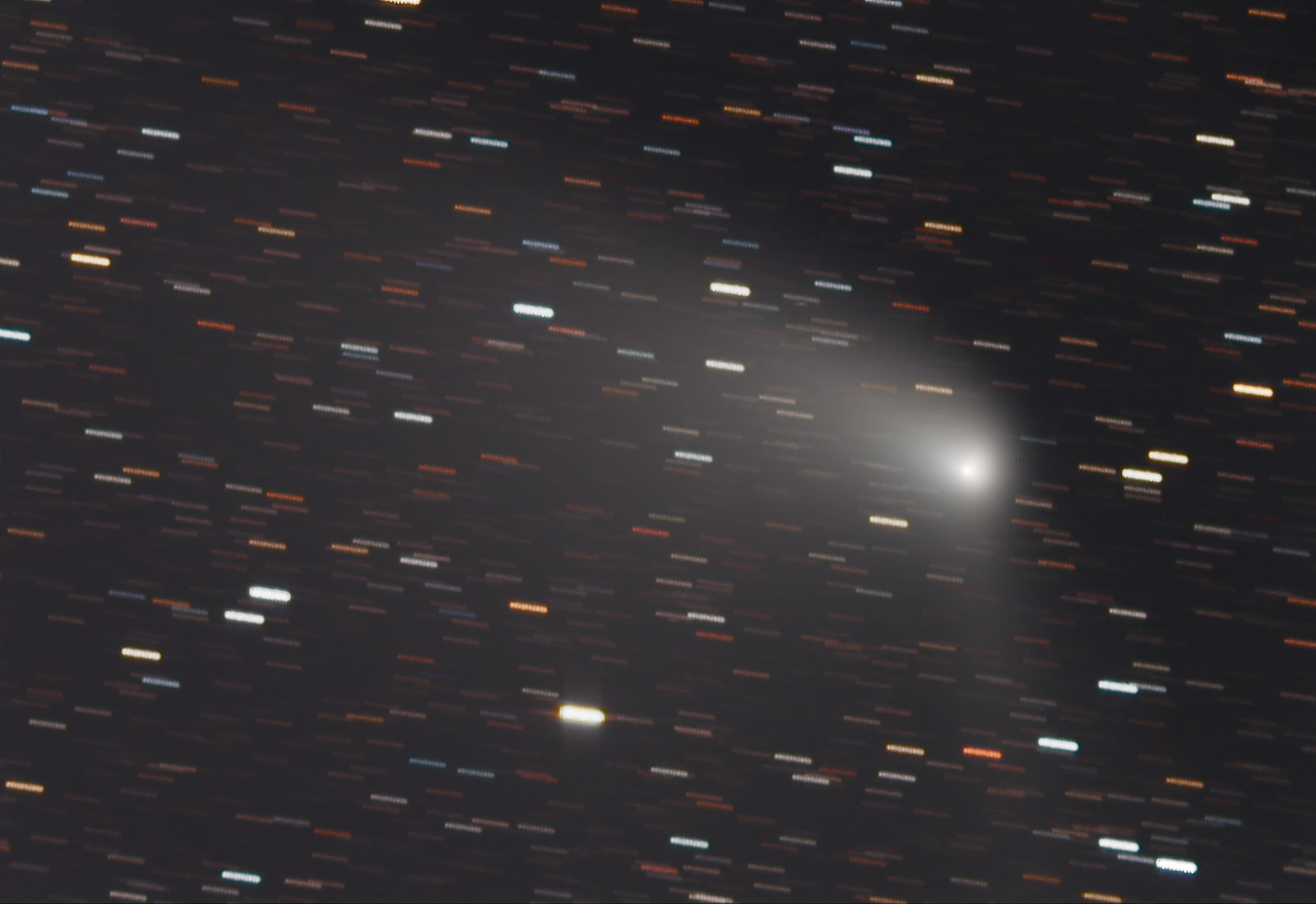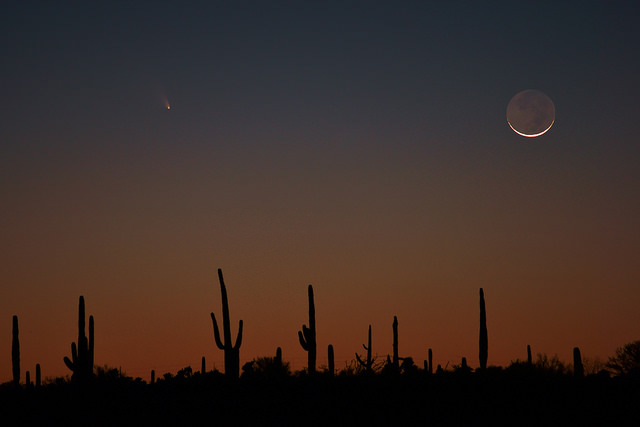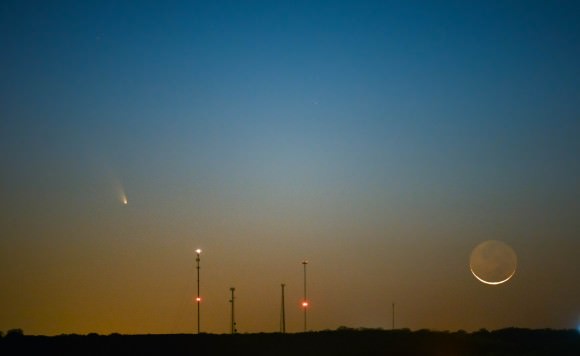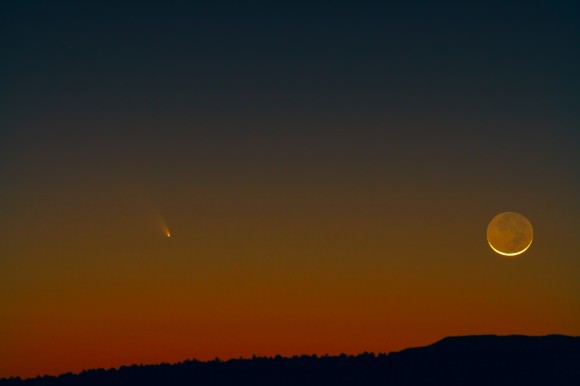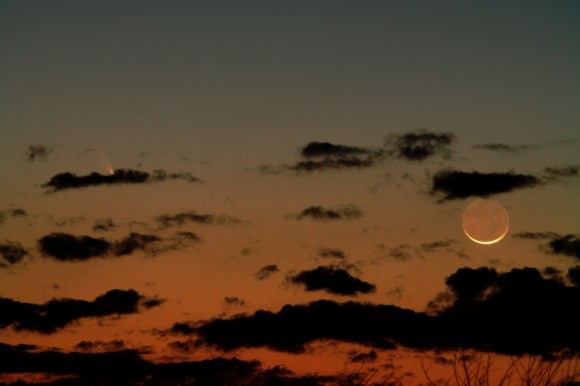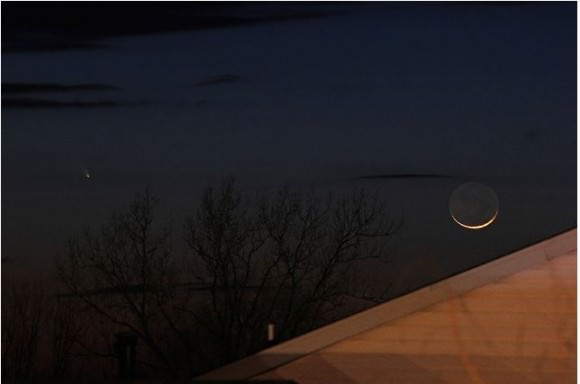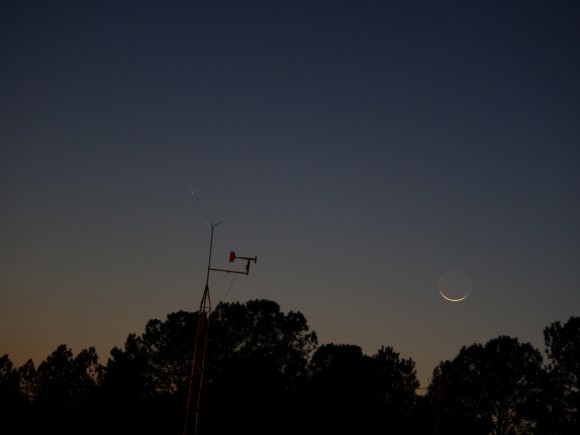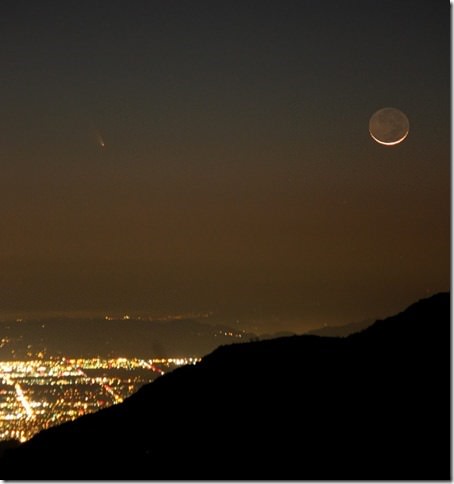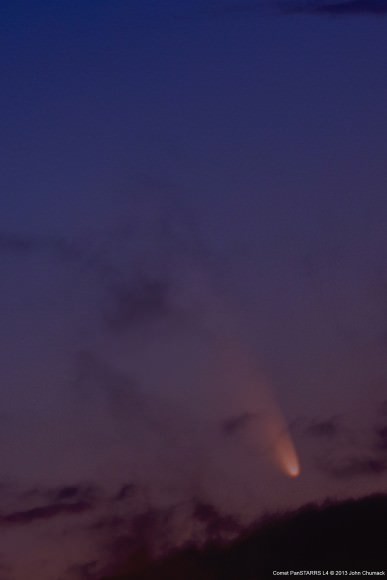While Comet C/2011 L4 (PANSTARRS) is fading to barely naked-eye and binocular visibility (the comet has lost a full magnitude approximately every week since perihelion on March 9), astrophotographers are still able to track down the comet as it moves away from the Sun. This deep color exposure by Chris Schur in Arizona is still able to show surprising detail and Chris said via email that he was “surprised how beautifully colored the stars are in this part of the Milky Way.” Chris’s shot is a 25 minute exposure, and is an LRGB (Luminance, Red, Green and Blue — is a photographic technique used in amateur astronomy for producing good quality color photographs by combining a high-quality black-and-white image with a color image).
See some more recent PANSTARRS images from around the world, below, plus an awesome new timelapse from TWAN (The World At Night) photographer P-M Hedén:
The Visitor – Comet PanStarrs from P-M Hedén on Vimeo.
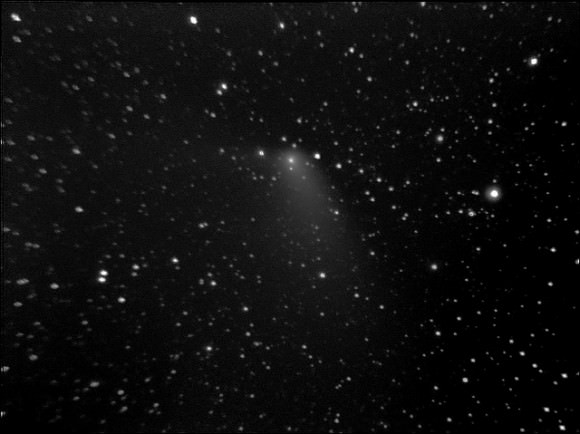
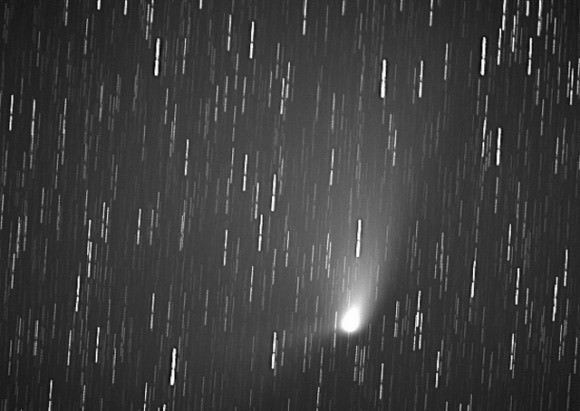
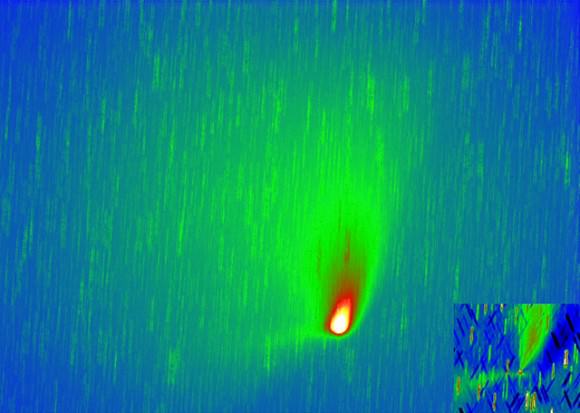
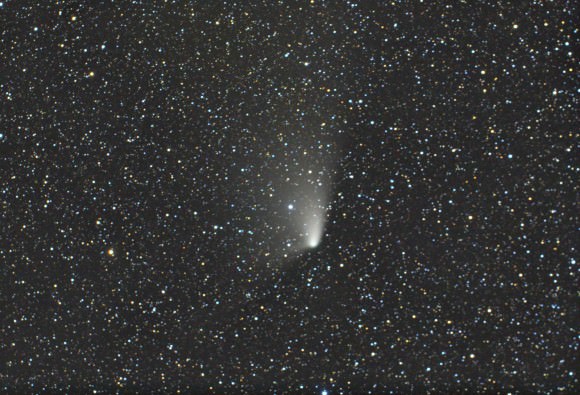
This shot was taken on April 2 when Comet PANSTARRS was snuggling up in the sky with the Andromeda Galaxy, but this beautiful image is a recent addition to Universe Today’s Flickr page. You can see more images of PANSTARRS and the Andromeda Galaxy here and here.
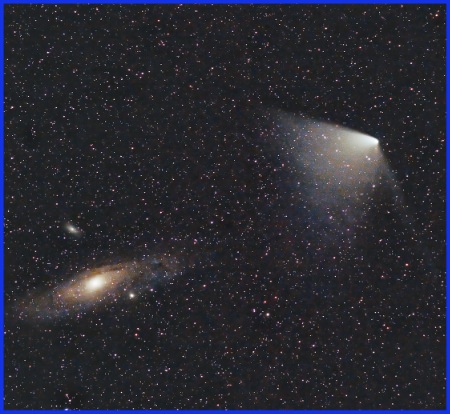
Want to get your astrophoto featured on Universe Today? Join our Flickr group or send us your images by email (this means you’re giving us permission to post them). Please explain what’s in the picture, when you took it, the equipment you used, etc.

